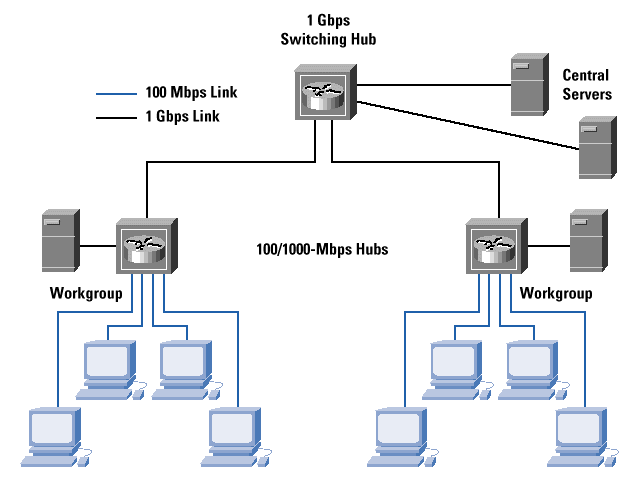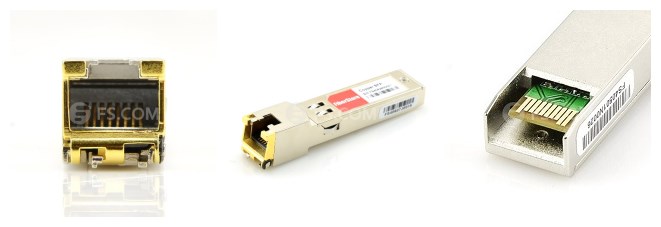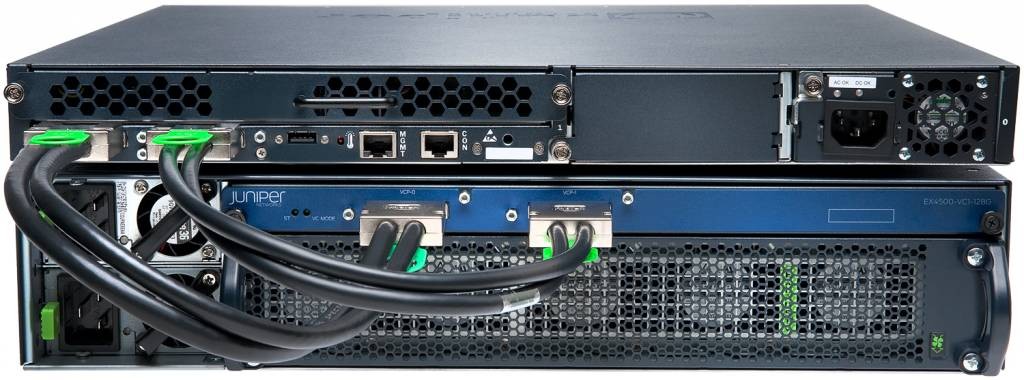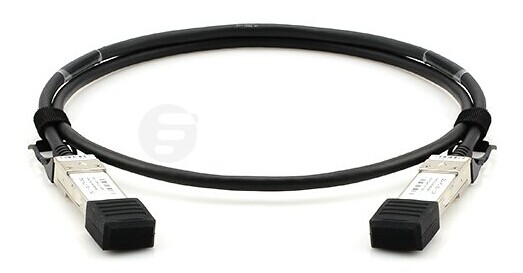Parallel-optical data links are now available and designed into many next-generation telecom/datacom central-office switches and routers. In order to meet the continued growing Internet capacity over the next couple of years, parallel-optical data links are gaining more and more popularity. This article will introduce the next-generation parallel optical data links which will play continuing role in the future network of data communications.
What Is Parallel Optical Link
Parallel optical data link is a concept opposite to serial optical data link and also a replacement for many serial data communication links. In the more typical application of parallel optic link, one byte of information is split up into bits. And each bit is coded and sent across the a single fibers. Parallel optic links are often the most cost effective for 40 Gigabit transmission, and can transmit over distances exceeding 100 meters. Serial optical solutions can relieve bandwidth-distance, cable bulk, and EMI limitations of metallic interconnects. However, they still take up significant space and they are somewhat more expensive than copper interconnects. A much less space is possible with parallel optical module (e.g. 40G-QSFP-SR4-INT) rather than with multiple serial modules. Therefore, parallel optical module greatly increases interface density. Parallel optical link modules contain laser arrays, multichannel driver, receiver ICs and fiber-ribbon optical connectors, amortizing packaging costs over several channels.
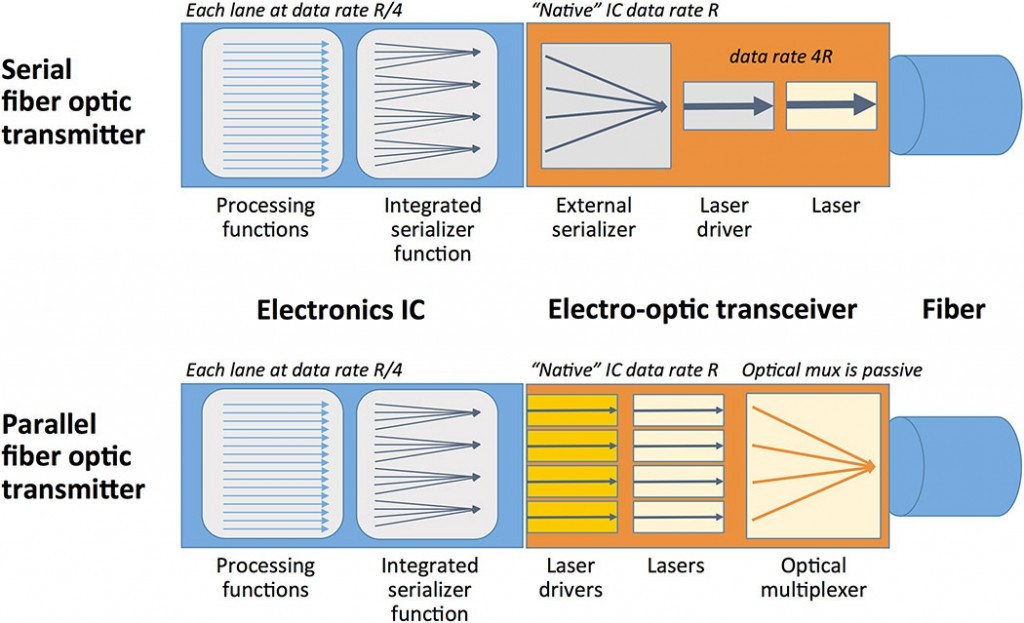
Key Components of Parallel Optical Links
- Multifiber Connectors
The connector is a critical enabling component, since its design ultimately determines the density, quality, and cost of fiber-optic interconnects. The connectors are most often used for multi-fiber links is the so-called MPO (multi-fiber push-on connector), also known by its most common vendor branded version, the MTP connector. The multifiber connectors trim costs for connector hardware, assembly, and cabling compared to single-fiber connector. This kind of connectors are not only save place for more efficient use of precious system board space, but their smaller port area also help reduce EMI. For various historical reasons, these connectors were standardized in rows of 12 fibers each, which isn’t a good match for data communication systems. Later, MPO/MTP connectors evolve to have 8-fiber row and 16-fiber row. The 40G interface is based on parallel striping of 10 Gbit/s serial channels. If we held up a standard 1 x 12 fiber MPO connector and looked back into the cable, the 4 leftmost fibers are used to transmit data, the middle 4 fibers are unused lanes, and the 4 rightmost fibers are used to receive data. Thus, we have a bidirectional interface with 4 x 10G in each direction. Following the same principle, we can use 10 Gbit/s links to build a duplex 100 Gbit/s channel, but we need an MPO connector with 2 rows of 12 fibers each. We leave the outermost fibers on either end of the rows unused, and use the remaining 10 fibers in the upper row to transmit data, and the remaining 10 fibers in the lower row to receive data. - Fiber Cables
As data rates increase, link loss budgets and insertion loss will significantly decrease, so if you have plans to re-connectorize your installed fiber cable plant, be sure that the infrastructure is adequate for this application. You’ll also need adapters to fan out the MPO connection into simplex connections which are compatible with existing test and measurement equipment, to verify link performance. This kind of cables include QSFP to SFP+ breakout cable and QSFP+ to QSFP+ direct attach cable. - VCSEL-based Link Design
The use of low cost VCSEL based laser transmitters is appealing for this application. While the advantages of discrete VCSELs have already placed them into serial link modules, the new parallel link modules will exploit the multichannel advantages of VCSELs arrays in parallel or WDM link modules.
Summary
Although some serial optical links can support high data rates (particularly for multi-data center connectivity or telecommunication systems), parallel optical links are a promising solution for more cost effective, higher data rate links within the data center. At shorter distances, such as within a data center rack or between adjacent racks (perhaps up to 100 meters), parallel optics are cost competitive with copper links. Thus, rather than using single-mode fiber, some laser optimized multi-mode fibers are often used. And an active optical cable allows for tradeoffs between the transmitter, receiver, and fiber parameters. We can also use existing 10 Gbit/s serial link technology and volumes by combining either 4 links to create a 40G channel, or 10 links to create a 100G channel.
